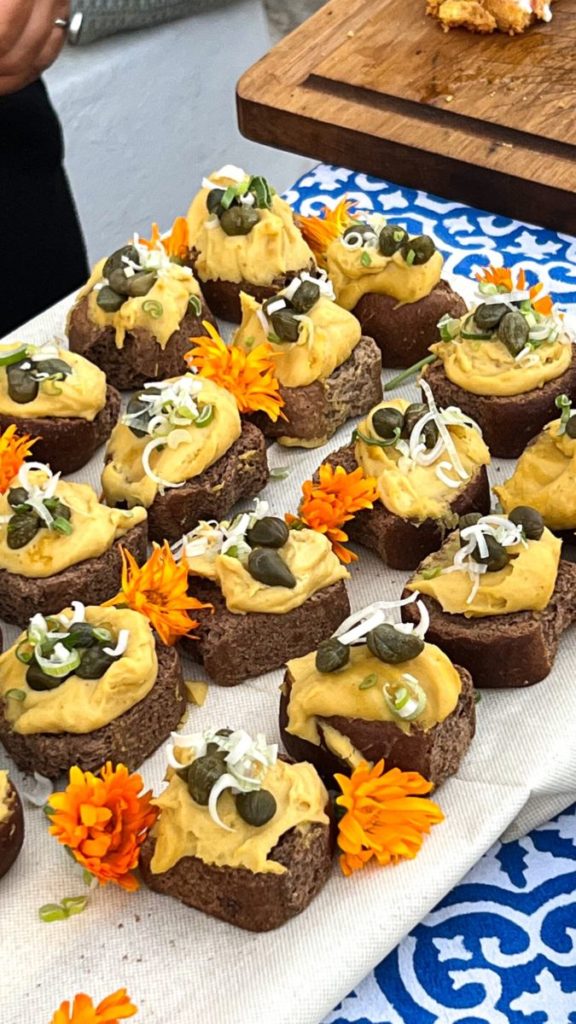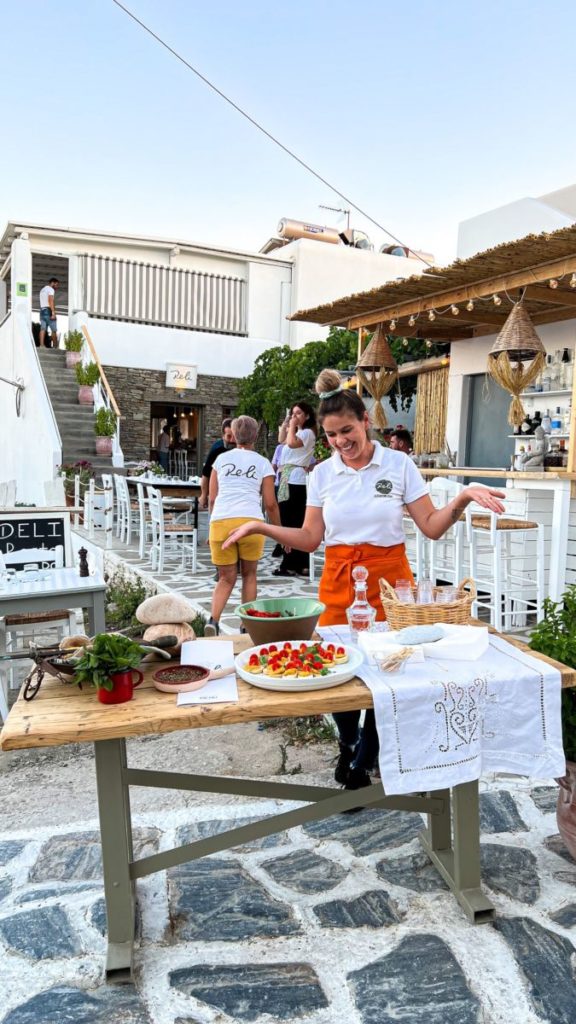Schinoussa Fava
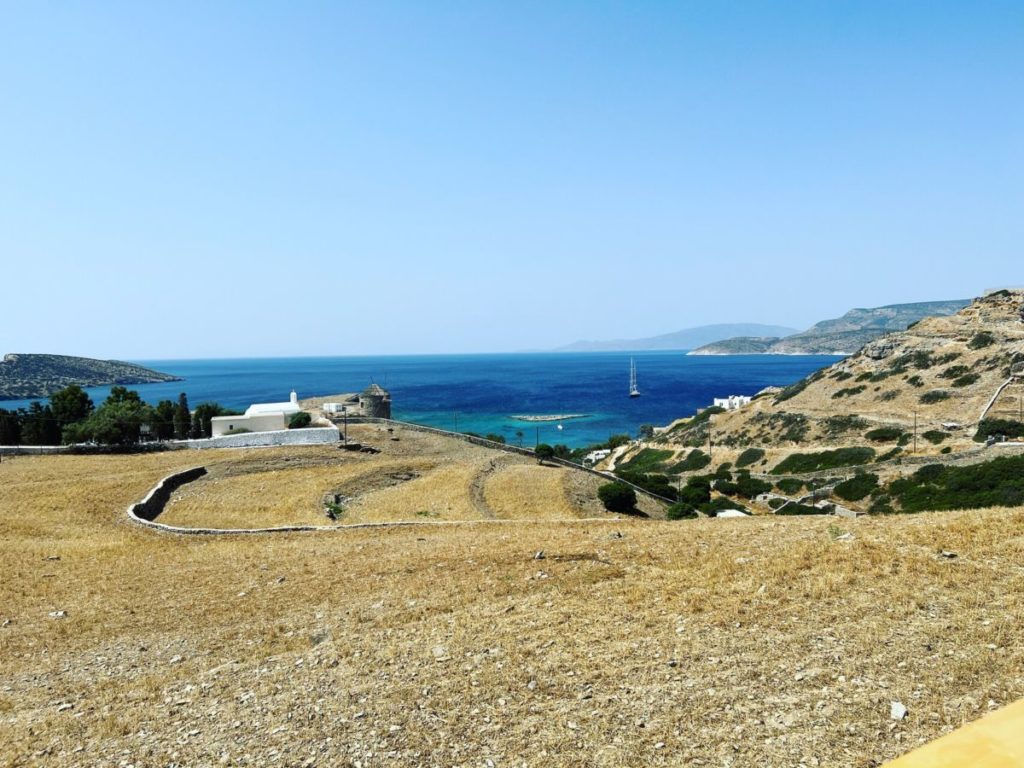
Schinoussa fava stands out for its distinctive dense and grainy texture. It has a rustic, earthy flavor that expresses the essence of this untouched island. Schinoussa fava has earned Protected Designation of Origin status for its special characteristics rooted in the island’s soil and traditions.
Schinoussa Fava – what is it?
Schinoussa fava is a thick dip is made from yellow split peas which are grown and processed on Schinoussa island. Known as fava or kserofava in Greek, this staple food is made by milling and mashing dried split peas into a hearty puree.
The fava from Schinoussa stands out from other regional varieties in the Cyclades islands. It has a very dense, chunky texture unlike the smooth-style paste typical on other islands. The peas are coarsely ground leaving the paste with a pleasantly grainy consistency. The flavor is robust, earthy and rustic – the pure essence of this rural island.
Schinoussa fava is so special that it has earned Protected Designation of Origin status from the European Union. This designation legally protects the name ‘Schinoussa Fava’ and dictates that the product must be made solely from peas grown on Schinoussa using traditional production methods unique to the island. No other split pea fava can claim the name Schinoussa Fava.
Schinoussa Fava – history and origins
The cultivation of fava on Schinoussa stretches back centuries to the time of Venetian rule over the island. The arid, rocky landscape was well-suited to growing hardy yellow split peas. Fava became a staple crop sustaining the population as an important source of protein when meat was scarce.
By the 1800s, accounts show that the majority of arable land on Schinoussa was devoted to fava pea production. The peas not consumed fresh were dried and milled into fava paste for long-term storage. Making kserofava or dried fava was essential in earlier eras for stockpiling provisions to last the year.
Over generations, the islanders perfected techniques for growing, harvesting and milling fava peas. While modern machinery is now used, traditional methods are crucial in achieving the unique texture and flavor of treasured Schinoussa fava.
Schinoussa Fava – production process
Authentic Schinoussa fava begins in the island’s fields where local peas are grown without irrigation in nutrient-poor soil under the Aegean sun. The plants are hardy and well-adapted to the environment after centuries of cultivation.
The pea pods are harvested and shelled by hand in late June when they have ripened and dried on the vines. The shelled split peas are then coarsely milled into a meal using traditional peel mills.
In artisanal factories, the pea meal is mixed with water and salt before going into a kneading machine which pulverizes the chunks to achieve the rustic texture. The paste is packed into containers after the distinctive dense, grainy consistency is achieved.
Strict controls and designations ensure only peas from Schinoussa are used and traditional techniques followed to produce authentic fava bearing the island’s name.
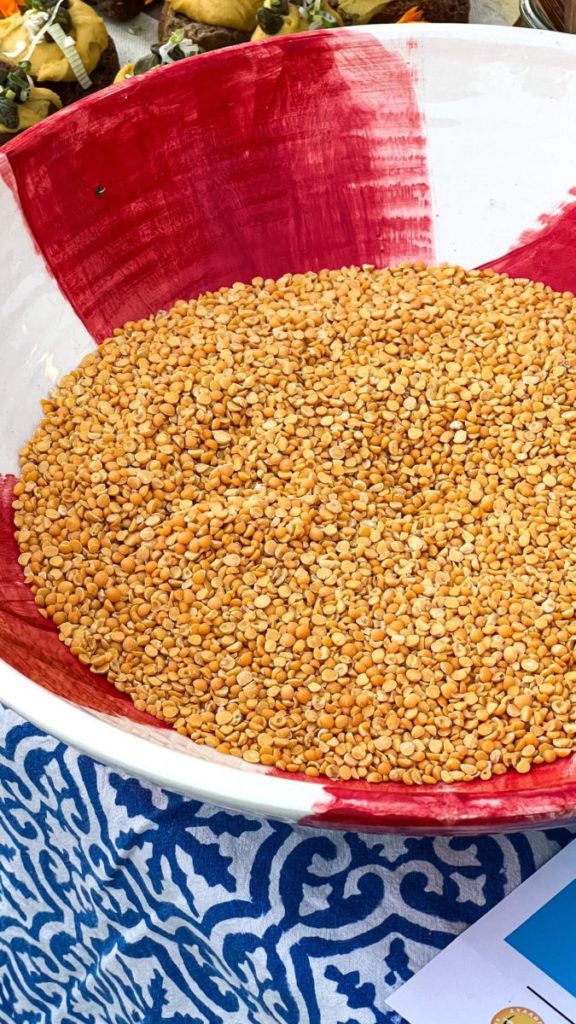
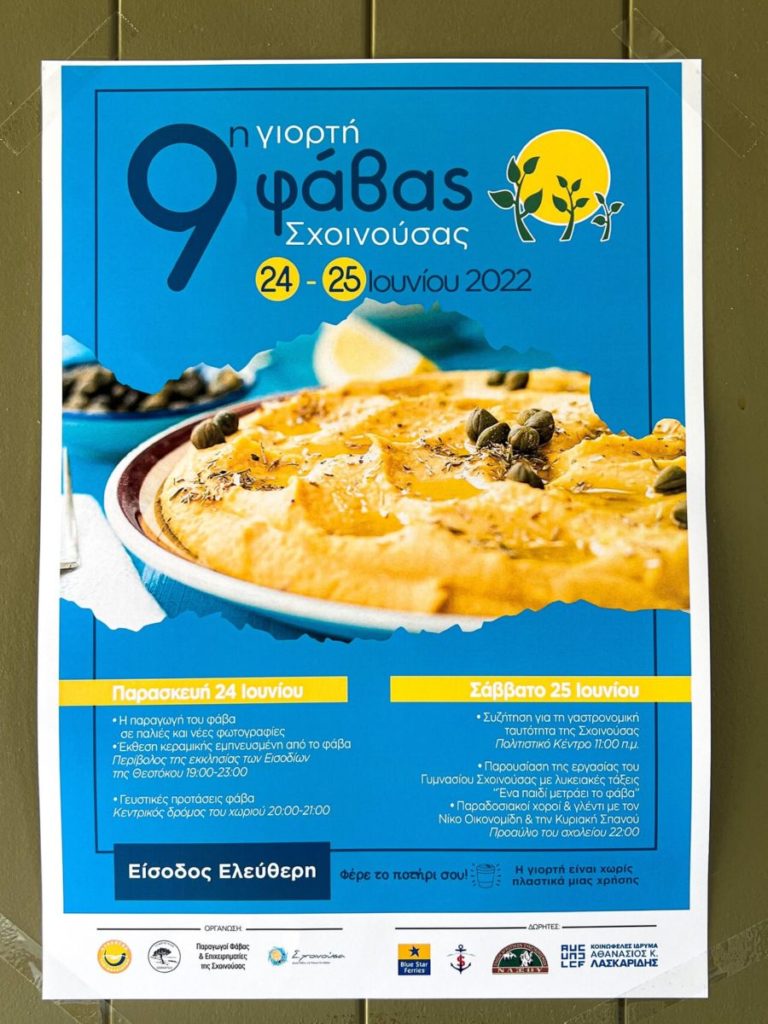
Schinoussa Fava – taste and texture
The hallmark of Schinoussa fava is its wonderfully chunky, grainy texture. Unlike smooth lentil fava, this variety retains the rough milling and has a satisfyingly dense and toothsome consistency.
The flavour is deep, earthy and wholesome – the natural taste of the split peas enhanced by good olive oil and salt. Spread on bread or served with veggies, fish or cheese, Schinoussa fava is incredibly versatile.
Schinoussa Fava – cultural significance
On an island with little arable land, fava became integral to the culture as a staple food to rely on in harsh, arid conditions. Fava sustained generations of Schinoussians as an essential source of protein when meat was scarce.
Today it remains ingrained in the local cuisine and customs. No wedding or festival on Schinoussa is complete without the beloved fava. Locals take great pride in their unique regional food which epitomizes the island’s identity.
The island even holds a Schinoussa Fava Festival every year to celebrate the local specialty. Visitors can sample fava from various restaurants along the main street, listen to music and dancing at the festival evening gathering.
Where to Buy and Taste Schinoussa Fava
On Schinoussa, fava is available fresh during the summer harvest season. It can also be purchased year-round in preserved form in local shops. The fava is packaged in traditional tin cans or jars.
Beyond the island, you can find Schinoussa fava at select gourmet Greek stores. Thanks to its PDO status, the packaging will clearly state its authentic island origin. Aficionados can even order tins online to be shipped worldwide.
For an authentic taste, try spreading the fava on crusty bread, adding it to vegetables, or combining it with olive oil and cheese. However you savor it, this unique and hearty paste encapsulates the rustic essence of Schinoussa.
